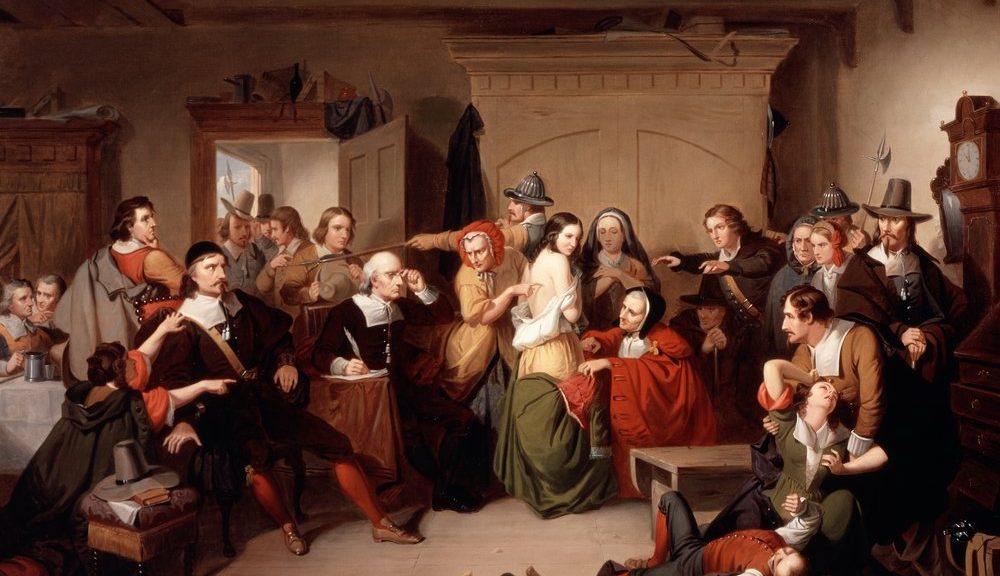Sham legal proceedings led to the deaths of 25 innocent people—including How, who was hanged for her “crimes” later that year, reports Pamela Reynolds for WBUR.
Thanks to an ongoing exhibition at the Peabody Essex Museum in Salem, internet users can now explore a handful of transcribed records from the witch hunt—among them, files related to How’s case.
On view through March 2022, “The Salem Witch Trials: Reckoning and Reclaiming” juxtaposes 17th-century artifacts with contemporary artists’ responses to the tragic event.
Examples include Bridget Bishop, a “party girl apparently too fond of bright colors,” in the words of the New York Times’ Shane Mitchell, and Tituba, an enslaved Carib woman who was the first person to be accused.
“These accusations were grounded in fear,” co-curator Lydia Gordon tells the Times.
The second part of the show takes a modern turn, exploring how descendants of the accused reckoned with the trauma that their ancestors endured.
After traveling to Salem and studying How’s trial testimony, McQueen was inspired to create a 2007 couture collection of sumptuous gowns titled “In Memory of Elizabeth How, Salem 1692.” Now on display at the museum, the designs favor dark colors—traditionally considered a violation of Puritan sumptuary laws because they required excessive amounts of dye—and Gothic elements.
Denny is a descendant of both Salem judge Samuel Sewall and Northampton resident Mary Bliss Parsons, who was accused of witchcraft but acquitted by a Boston court in 1675, reports the Times.
This August, a group of eighth-grade students proposed a piece of Massachusetts legislation clearing the name of Elizabeth Johnson Jr., a 22-year-old woman accused of witchcraft during the trials.
She is also a freelance journalist based in Chicago whose work has appeared in Wired, Washingtonian, the Boston Globe, South Bend Tribune, the New York Times and more.
